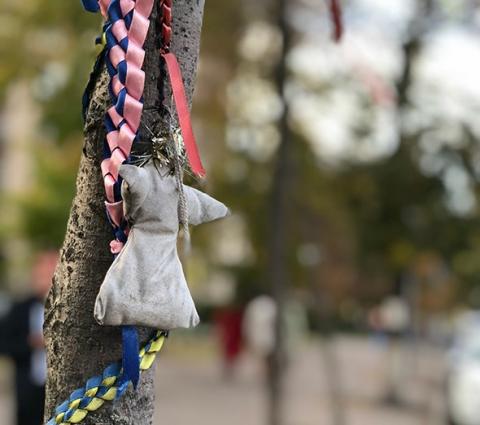
Ufuk Aydin is Turkish, Kurd by origin, former prisoner, future lawyer. Currently studying at Anadolu University, Eskisehir, Faculty of Law. In autumn 2019 he was sent to Ukraine as a volunteer by the Beraberce Xchange Program: Sites of Memory. His main task was to study Ukrainian experience in memorializing the Euromaidan / Revolution of Dignity events as well as commemoration practices in honoring the Heavenly Hundred Heroes (the brave participants of the Revolution of Dignity, who sacrificed their lives defending the ideals of democracy, and the European future of Ukraine); comparing the history of mass protests in Ukraine in autumn 2013 - winter 2014 on Maidan, Kyiv with the events of the Arab Spring in Turkey, which began on Taksim Meydani, Istanbul in May 2013.
Ufuk had applied and becаme one of the successful applicant who received an internship at one of the top 20 museums in the world dealing with difficult pasts and confronting historical pages. Among the host Institutions there was оnly one Ukrainian Maidan Museum (The National Memorial to the Heroes of the Heavenly Hundred and Revolution of Dignity Museum), selected by Ufuk for his project.
Ufuk Aydın's article on Xchange Program site.
I was going to “National Memorial to the Heavenly Hundred Heroes and Revolution of Dignity Museum-Maidan” voluntarily, but I did not know anything about Ukraine or the museum. Besides this, I had so many questions on my mind: What is memory? What is forgetting? What is the meaning of the “sites of memory”? I gave some answers to myself but I had to think more broadly, and this program was a great opportunity to deepen my thoughts in these fields. Undoubtedly, this journey, like any journey, would lead to new questions while providing some answers. At the end of the day, I was right: I had some answers, but also I had new questions on my mind, too.
From the first moment I started preparations for this journey, I started to make researches about the Maidan demonstrations. I was remembering the protests that started in November 2013 in Kyiv, the capital of Ukraine. Although I could not have enough information due to being in prison at that time, the news of the demolished Lenin statue and the protests made by extreme right-wingers led me to an antipathy. It was the time to question what I know, what I am sure of. And actually I like to do this.

From the very first moment I started walking around Kyiv streets and asking people questions, the questions on my mind started to get bigger. The Revolution of Granit, Orange Revolution, and eventually EuroMaidan Revolution. How could so much revolution be possible in just decades? While I was thinking about this, I started to remember our own history: the coup of 1961, the coup of 1972, the coup of 1980… It was all intricate and this stunned me well. Let’s take a quick look at the historical events.
A SHORT VİEW TO THE HİSTORY OF UKRAINE
Before I move on to the historical information that can be found everywhere, I want to convey my own impressions. After the 33 days I spent in Ukraine, my conversations with people and my researches showed me that the situation there was familiar to me. Ukraine has a geography positioned among the great empires, just like the Middle-Eastern territory, and unfortunately it has been the biggest loser of the wars, conflicts, clashes between these empires throughout history. In World War I and II, citizens were forced to take part in different armies and fight each other. For instance, when Nazis invaded the country, Ukrainian citizens were punished for being “communists” and when the Soviets did the same thing, this time they were punished for being “fascists”. The word “punishment” is of course not enough to describe what happened there; because hundreds of thousands of people were shot and many died in camps. So even today there is a noticeable difference between the east and the west parts of the country.
It can be seen that, in western parts of the country people are really opposed to Russia and contrarily in the eastern parts people are not hesitating to speak Russian. This great differences of opinion is the biggest obstacle to ensure the country’s political stability. Hereafter, I will give some historical information that can be found in the books:
Ukrainians are one of the three peoples that make up the Eastern Slavs, along with Russians and Belarusians. While the Ukrainian nationalists regarded the Kyiv Principality, which was founded in the 8th century, as a Ukrainian State, the Russian nationalists insist that this is a Russian state. The Russians claim that the Ukrainian language originated in the villages and under the influence of the Poles. As I mentioned before, the country was occupied by many forces and the people were constantly subjected to religious and political pressure. Poland, Austria-Hungary, Czarist Russia are only a few of them. Ukrainian People’s Republic, or Ukrainian National Republic was declared in 1917 following the February Revolution in Russia. After the WWI, in 1918, Austro-Hungarian Empire was defeated and dissolved and with dissolution West Ukrainian People’s Republic was declared. During their short existences these republics went through several political transformations. The Eastern Republic was occupied by USSR and the Western Republic was occupied by Poland after a while. When the Soviets took over the territory of Western Ukraine in 1939 and 1944, today’s borders of Ukraine were more or less drawn. Ultimately following the dissolution of the Soviet Union in 1991, Ukraine gained independence.
Now let’s take a look at the series of events that caused “The Revolution of Dignity”.
Nezalezhnosti (Independence Square) is the central square of Kyiv, the capital city of Ukraine. The square has been known under many different names, but often it is called simply Maidan (“square”). Since the start of Ukraine’s independence movement, the square has been the traditional place for demonstrations.
In 1990’s, following the U.S.S.R.’s collapse, Ukraine started to take steps in the process of independence. Maidan was the main place for the demonstrations during this period. The demonstrations succeeded and on 24 December 1991 Ukraine gained independence. From that day on, Maidan continued to host many mass protests, which have marked the recent history of the country in later periods.
Leonid Kuchma, who served as the President of Ukraine during the 10-year period between 1994 and 2004, has lost his support when he came to the last years of his rule because both corruption and oppression on the opponents have increased in this period. Seeing this, Kuchma supported the candidacy of Prime Minister Victor Yanukovych instead of changing the constitution and becoming a candidate again. Receiving the support of pro-Russian eastern and southern provinces, Yanukovych explicitly received supports of Russia, too. In the western provinces Viktor Yushchenko was supported. Although it was announced that Yanukovych won at the end of the second round of elections, the allegations of fraud in elections gather hundreds of thousands of people into Maidan Square. Thereupon, the elections were renewed and Viktor Yushchenko became the President, and Yulia Tymoshenko became the prime minister, one of the prominent actors of this process called the “Orange Revolution”. However, the lack of political stability in this period brought along the strengthening of Yanukovych again, and in the elections held in 2010, Yanukovych won and became the President.
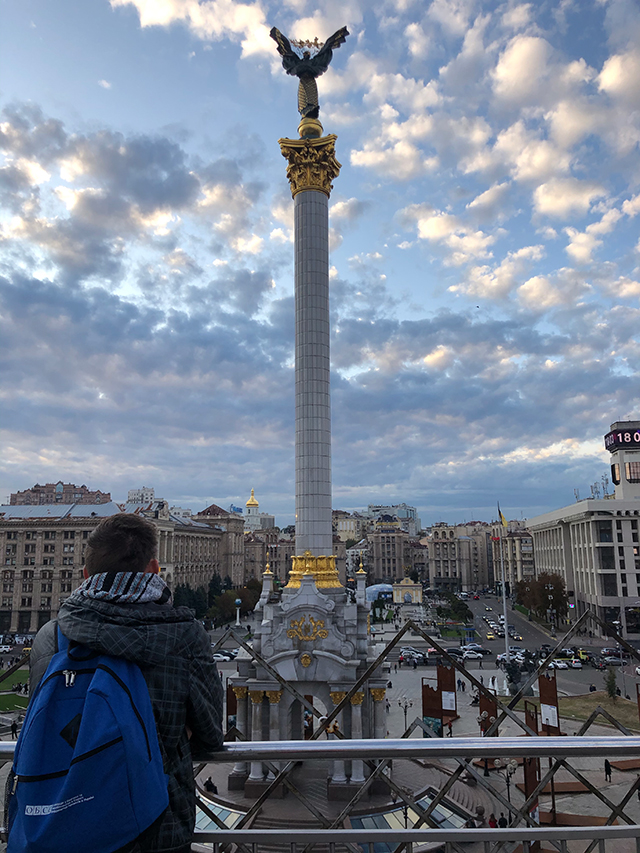
When the demonstrations started to evolve in the path of the Revolution of Dignity, Maidan was the main place for these protests, too. The events that started in Kyiv after pro-Russian Viktor Yanukovych’s government refused to sign the Ukraine-EU Association Agreement in November 2013, dragged Ukraine into the biggest chaos in its history. This also caused cold war-like tensions between Russia and the West. Mass protest actions that erupted in Kyiv with the demand of pro-Russian Yanukovych to come down from power turned into a clash after the police used intense violence. As a result of the fire opened by the police with targeting people, 107 protesters died and hundreds of people were injured and detained. Finally, on the night of February 22, 2014, Yanukovych fled to Russia with a charter flight. As a result, elections are held and Petro Poroshenko, who received 54.7% of the votes, was elected. Shortly after all, Crimea was annexed by Russia. In the continuation of the events, there were conflicts between the Moscow-promoted militia organizations and the Kyiv administration, largely in the Donbass region (Donetsk and Lugansk) in the east of the country, where the Russian population and the pro-Russian population predominate. Donetsk and Lugansk, supported by Russia, declared their unilateral independence. Tens of thousands of people lost their lives in the ongoing clashes, many people had to migrate, and the infrastructure of the cities suffered greatly.
NATIONAL MEMORIAL TO THE HEAVENLY HUNDRED HEROES AND REVOLUTION OF DIGNITY MUSEUM-MAIDAN
To understand the Maidan Museum, one should understand the context above. The museum is not a museum in the sense we know; there is of course a study office and an information center, but above all it is an open-air museum. Every place where events developed and spread was turned into a monument step by step. While visiting Maidan, you can see places decorated with carnations and photographs at almost every corner, these are the signs that shows where people were shot and killed.
It is not possible not to be impressed, people constantly burn candles in these monuments and leave flowers there. There is a map at the base of the conference hall in the information center of the museum, showing the position of state forces and protesters during demonstrations.
This hall, which they call the Freedom House, is also used as a forum place open to everyone, aiming to continue the culture of solidarity and discussing democracy.
A unit within the museum collects objects (molotov cocktails, shields, etc.) that protesters used for protecting themselves during demonstrations, and helps them be displayed both in their exhibition halls and in other museums located all over the country. It is obvious that all these activities contribute to collective memory. Undoubtedly, for a power change in Ukraine, there must be elections. But it can be seen that the collective memory and the struggle has brought confidence to the people of the country. With the help of this confidence, people can stand up against the government.
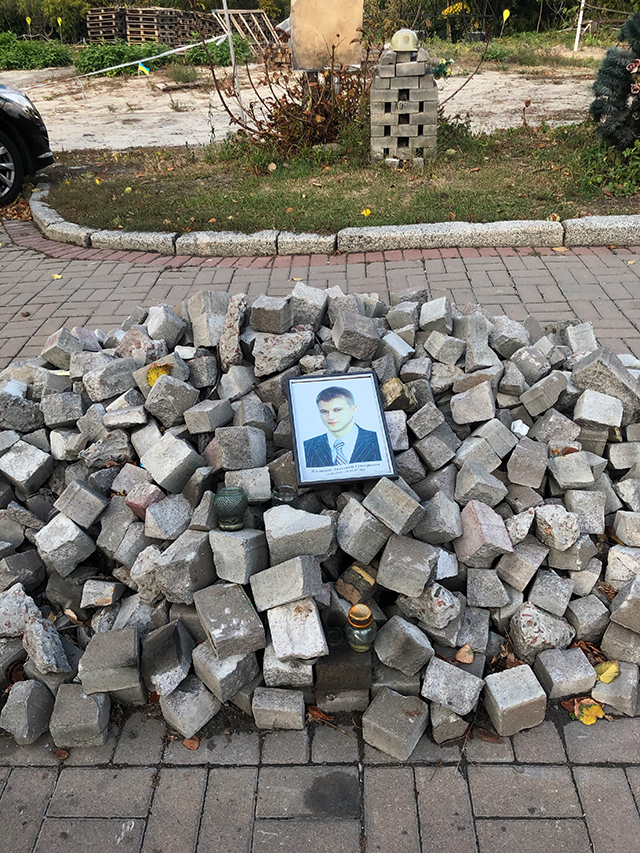
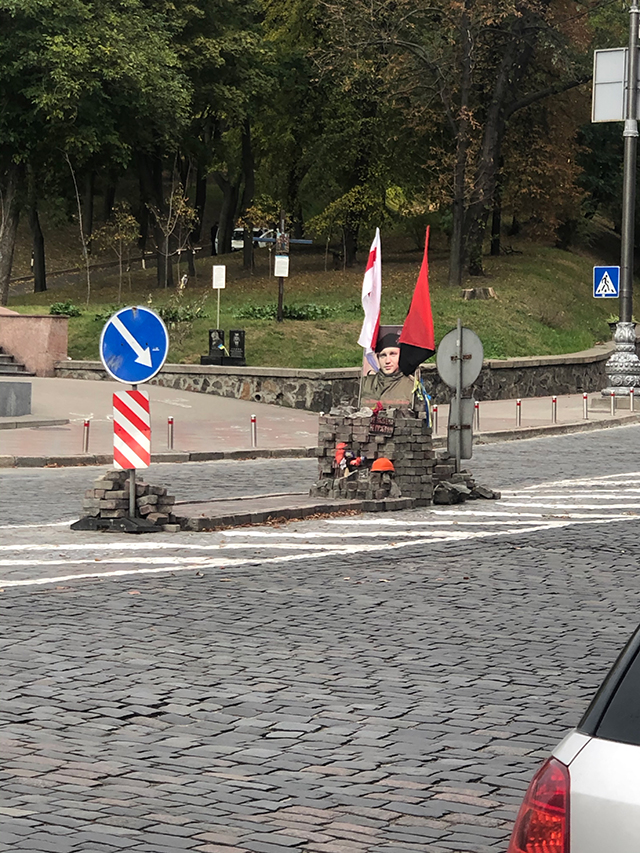
The purpose of my exchange program was to have information about the Maidan Museum and to transfer this experience to Turkey. I was asking questions, receiving answers but the answers were not fulfilling me at the beginning. I was reading constantly, having conversations with different people but I was all confused and feeling tired while searching the truth. Because the articles I read and the things I saw were not fitting. At some point, I figured out that I must focus on the stories that I listen from people more. As I started to care and listen more stories directly from the people, things started to get clear.

I read lots of articles about the Maidan Revolution and most of them claimed that the right-wing extremists made this revolution. Contrarily, the people I have met in the Museum were not neo-Nazis. As far as I can understand, some of the international media were convinced to that by Russian propaganda. The employees of the Maiden Museum contributed to the clashes and they were mostly students while all these conflicts were happening. For instance, Victor Krivonosov, with whom we worked, was a student studying fine arts during that period. He states that he attended the demonstrations with his guitar which suits perfectly with his long hair and he underlines that he doesn’t like violence. According to Victor, he witnessed the death of the first demonstrator who was shot by the police and realized that from that moment they had to defend themselves. After realizing this, he undertook the defense organization of protesters. The process led him to volunteer military service in the region occupied by the Russians in eastern Ukraine.
Today, he thinks that he can do more useful works in the museum, and he conducts his works in the museum. There are more stories like this. People who attended to the demonstrations visit the Museum and looks at the pieces in the Museum with tears in their eyes. Maidan is a truly collectively created museum. It is one of the rare museums that was constructed by millions of people.


FORGETTING, MEMORY AND THE MIDDLE EAST
Every journey adds something to one’s personal memory. After my journey, what was remained and what was changed in my mind? An important question: What is our, the Middle-Eastern peoples’, relationship with the concept of “memory”? I tried to find an answer to this question during my journey. I still do not have an answer, but I still would like to say something about this subject. First of all, “forgetting” was teached and imposed to us. By “us”, I mean the people of the Middle-Eastern countries. “Forget it instead of mourning”. The way we survive our trauma is not to talk about them but to forget them. It can even be said that we often remember only to forget, because if there is something reminded, it is always to cover up other things. If we want to heal, we must forget. As such, injustices of the system remains. In fact, forgetting would be a good way to heal, even the best way. But it is impossible to forget. Maybe we are acting as if we forget, but we carry the weight of our stories on our back and pass it from generation to generation.
It can be said that if we cannot forget, let’s remember correctly. This is why we need museums and memory sites. We should remember our stories without waiting for someone to give us our story back. Tarkovski says that, “The beautiful is hidden from the eyes of those who are not searching for the truth”. Really, since when did we stop searching the truth?
[1] Edip Cansever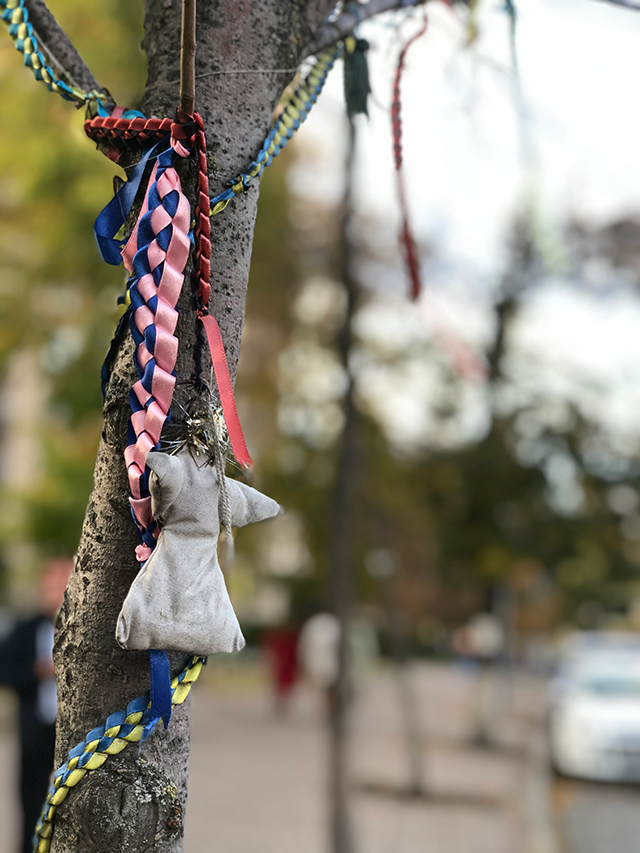
A bio
Ufuk Aydin was born in 1989 in Diyarbakir, which is a city in the Kurdish aria. After school, he entered the University of Ege, Izmir to study Business Administration. He was arrested in autumn 2010 for students’ activism at the university campus. The trial had lasted for five years and finally he was sentenced to 12 years’ imprisonment. Thanks to human rights activists he could get out of prison in summer 2018. Hе managed to carry on his studying at university and dreams to work as a civil rights defender in future.
